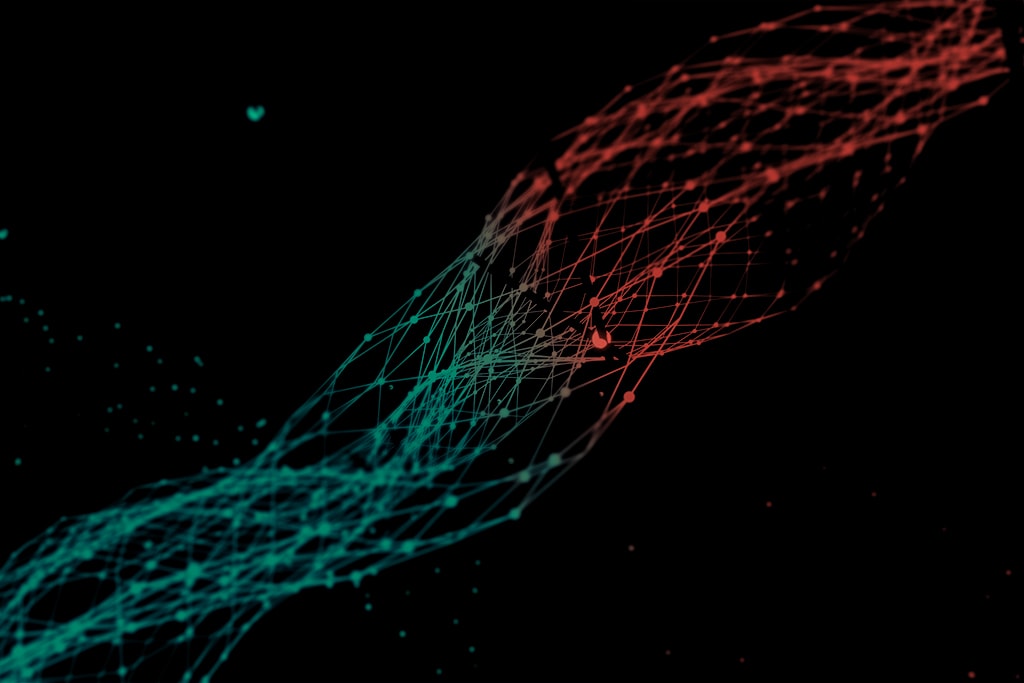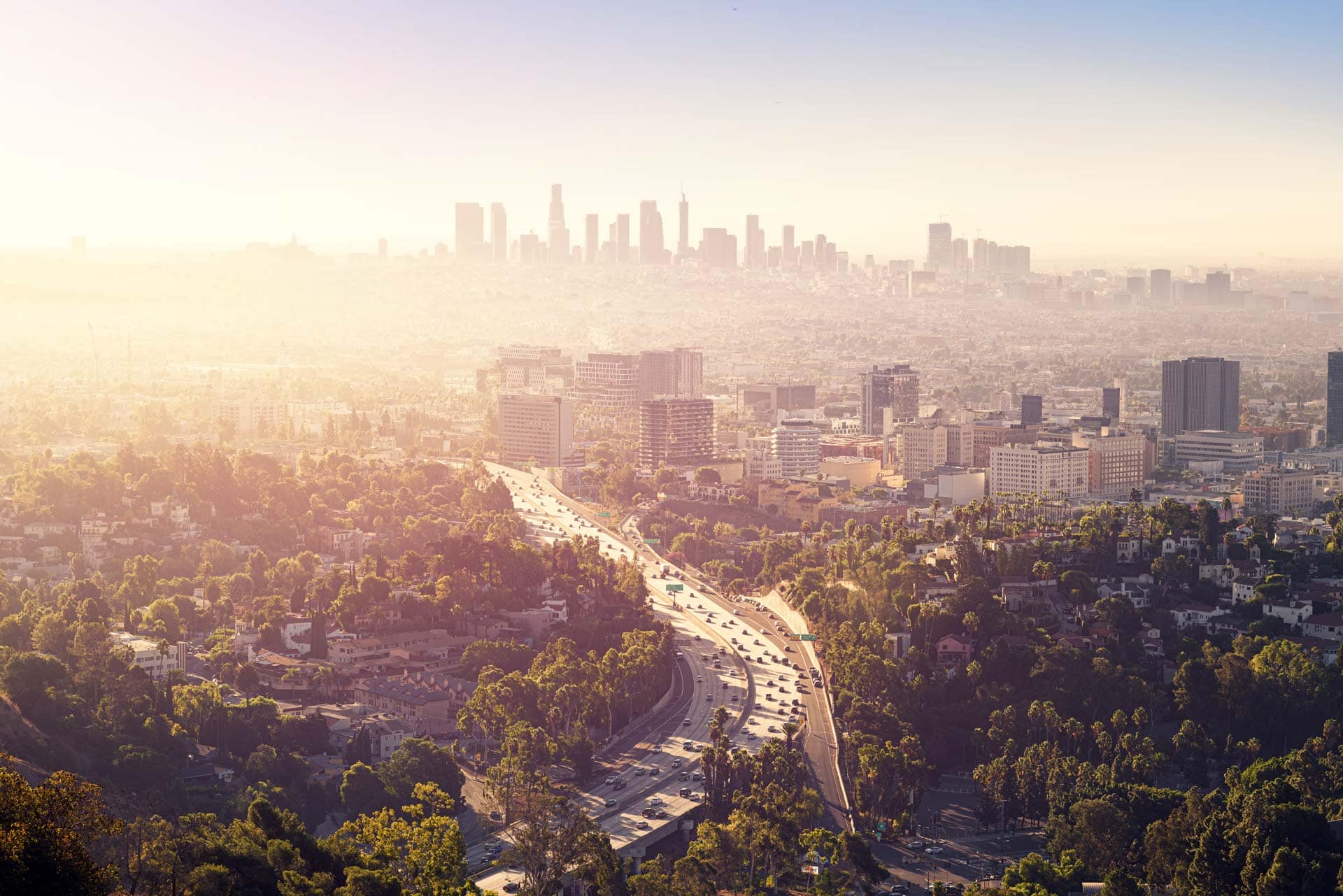SHARE
Thoughts
Software development Rule No. 1:
“As long as you have users, your product will never be finished!”
When we began the SIERA project we knew that our journey would be one of continual improvement and continual change; our product would have to evolve to meet the demands of our clients, global reporting standards, a constantly changing regulatory environment and the challenges of working in different jurisdictions.
Our project methodologies and technology frameworks would, therefore, have to provide the flexibility needed to meet this constantly changing agenda. Part of my Technology Director role is to ensure that our development project is sustainable in terms of the tools we employ, the security of our environments, and the availability of resources to manage and develop our software.
Here’s how we achieve that:
Agile Project Methodology
The basis of Agile is to be close to the user and their requirements, and allows us to build and deploy a new release approximately every two weeks. This approach minimises the impacts associated with large amounts of change. It means that we are continually, incrementally, improving the software.
The key to Agile is communication. As a dispersed dev team in Glasgow, London, Swindon and Milton Keynes, we have a daily 15 minute scrum using Join.Me’s screen sharing, video and audio facilities.
Throughout the day (and night!) we are in touch through Slack, our collaboration platform. Project plans are kept in Trello and GanttPro and we share specifications across the team using Google Docs. Freshdesk is our ticket tracking software that can be used by clients and consultants to report faults. Our code is controlled and securely stored with Bitbucket, which allows multiple developers to work independently without getting in each other’s way.
All these tools are in the cloud and can be used on our mobile devices or PCs. It creates an environment where we are always in touch, able to seek out project documentation, and can keep tabs on progress and issues, wherever we are.
Virtual Infrastructure
We deliver SIERA through a ‘software as a service’(SaaS) model. Fundamentally, this means we deliver from a highly secure data centre accessible through the internet. Our servers are virtual machines e.g. not physical servers but a piece of server software running in a massively powerful physical server. We can flex the size of this server within minutes to meet demand by increasing the number of processors or amount of storage. The majority of our clients ‘share’ the same virtual server and database which brings massive economies of scale. It also allows them to instantly benchmark their portfolios – anonymously – against the hundreds of other asset details that we store. Some clients prefer their own server and we can facilitate this easily. In fact, we can ‘spin up’ a new server in under 60 minutes with all the software pre-installed and ready to go.
We take a belt and braces approach to backups; each server is ‘imaged’ once a day and, just in case our data centre went up in smoke (highly unlikely for an ISO27001 certified facility), all our data is backed up to a 3rd party every night.
Multi-tiered Technology
We have created a multi-tiered technical architecture to deliver SIERA. Each layer uses industry standard components. There are 3 elements to this:
- Database (the bit that stores the data) – Microsoft SQL Server – Enterprise ready, used globally by thousands of organisations.
- API (the bit that links the data to the user interface) – Microsoft .NET providing a RESTful interface. This is a standard for APIs. It makes SIERA an ‘open’ platform that can allow other software to talk to it in a widely understood way, given, of course, that the correct OAuth2 credentials have been provided. All of this takes place through a https:// web address that encrypts all the traffic between the client’s browser and our datacentre.
- User Interface (the bit that the user works with) – we use Sencha, a javascript framework that is used by corporates and financial institutions across the world. It provides a rich toolset that accelerates the development process. It also allows us to deploy to PC, phones and tablets with minimal changes and with a common code base.
Subject Matter Expertise
Finally, the key to the success of our software is that its design is underpinned by the deep and detailed knowledge of our sustainability consultants. The origins of SIERA are ‘SDS’ (Sustainable Data Systems), a system that was developed to aid EVORA’s consultants with day-to-day data management processes and reports. SIERA has evolved from SDS and is now almost unrecognisable, but the core processes and reports still prevail, a testament to the solidity of the original design.
Read More:
SIERA – 5 Key Features & Benefits [Infographic]
SIERA and GRESB Data Automation: Ensuring Seamless Does Not Result in Senseless
SIERA Automates GRESB Reporting for Second Year Running
To learn more about SIERA or to see a demo of the software, please do not hesitate to contact our experts today.
Follow us on LinkedIn:



